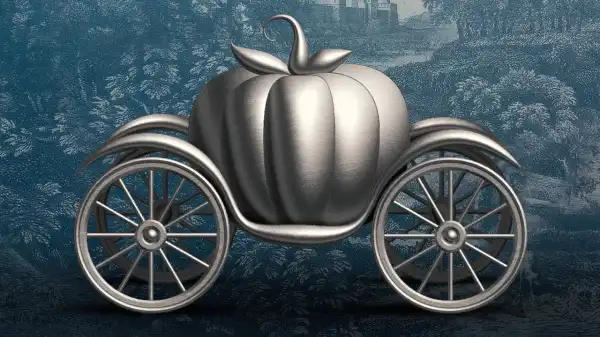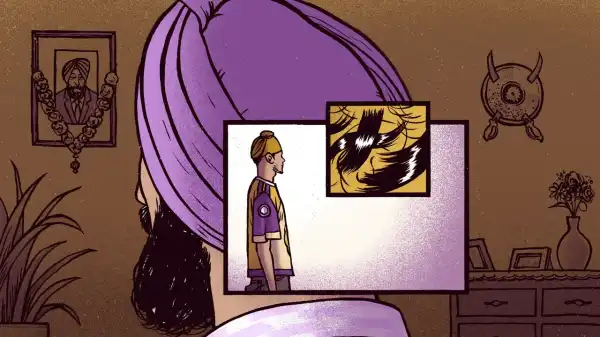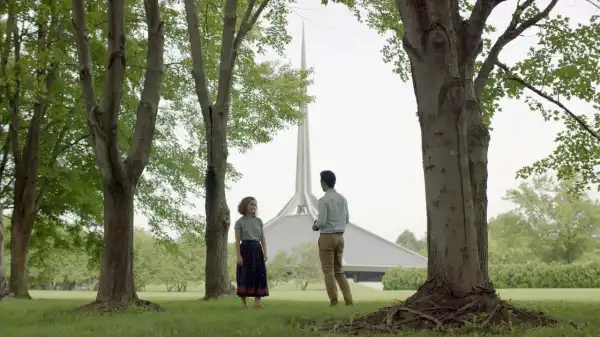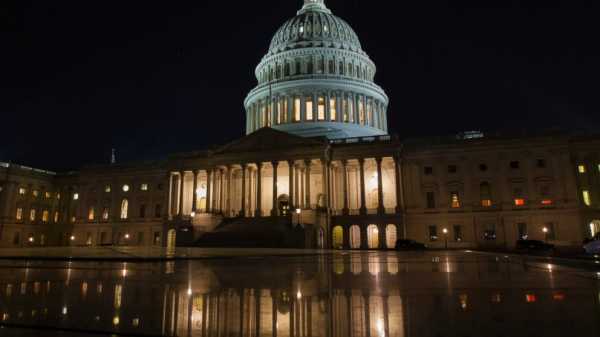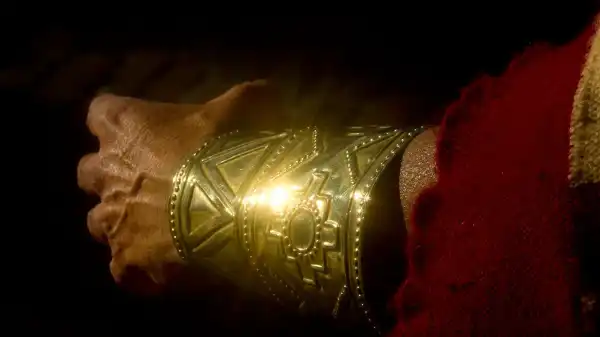
Save this storySave this storySave this storySave this story
As a child, Victor Zea, a photographer from Lima, Peru, was introduced to the Incan creation myth. In the beginning, there was the sun god Inti, and his descendants were Manco Capac and Mama Ocllo. The pair emerged from Lake Titicaca holding a golden staff that Inti assured them would sink into the earth only when they had achieved their goal. The staff sank into the slopes of Mount Huanacaure, and the glittering empire of Cusco was born. “For a kid growing up in Lima, it was like Marvel comics,” Zea recently said. It wasn’t until he moved to Cusco in 2013, when he was 24, to work as a photojournalist, that the myth became part of his daily life.
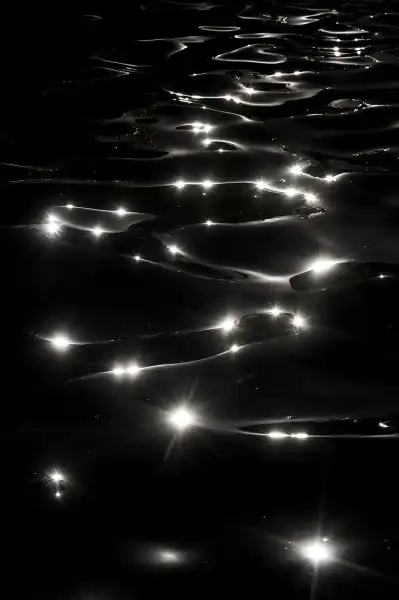
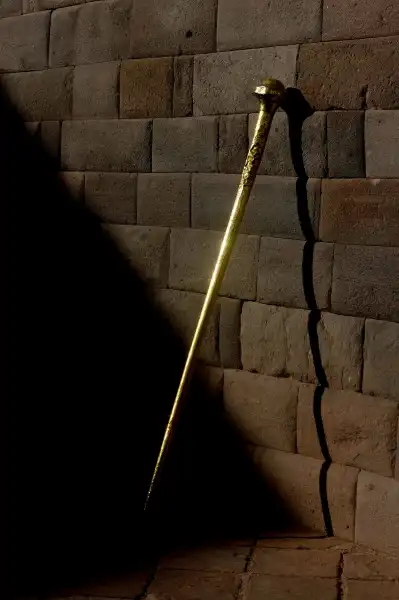
In Cusco, Zea met people who still worshiped the sun. He befriended members of several groups and sometimes took part in dance rituals. “Cusco is a city that lives its history through the sun,” he told me. But the practice is inextricably linked to the region’s colonial past. Catholicism, introduced by the Spanish in the 16th century, remains the city’s most widely practiced religion; in Plaza Santo Domingo, a grand old church and monastery sit on the ruins of the even older Coricancha, an Incan sun temple. But some pre-Columbian beliefs have been integrated into Catholic festivities. During his first months in Cusco, Zea was intrigued by this tension, which he found more reminiscent of an odd and awkward alliance than an open conflict of beliefs.
Sourse: newyorker.com
